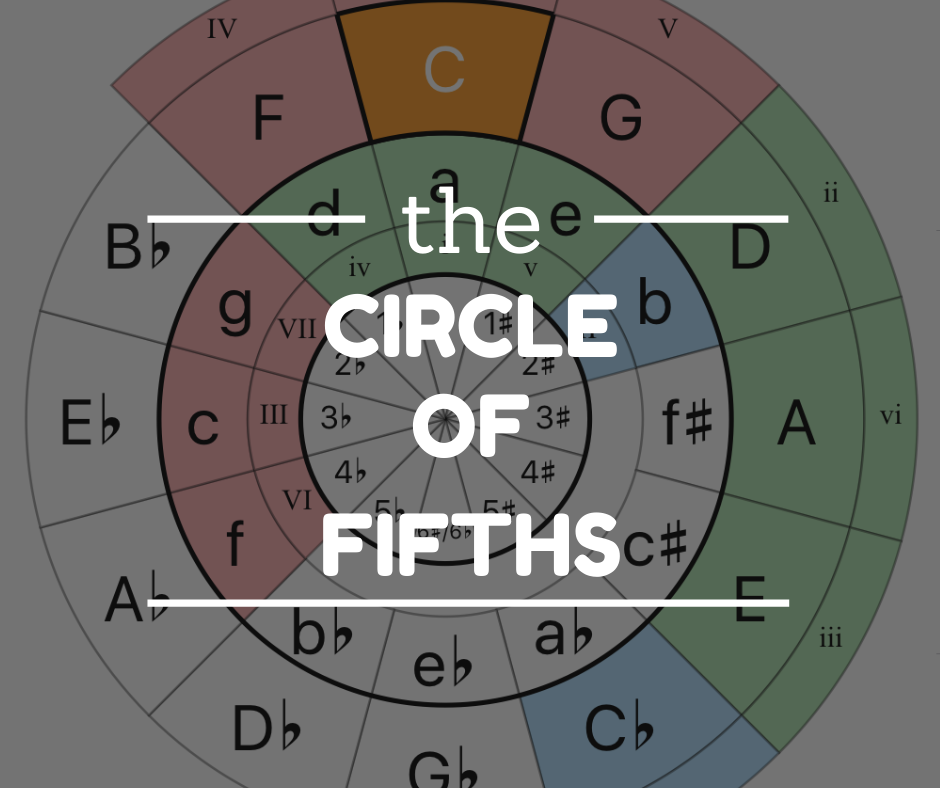As musicians, songwriters, or producers, we are always seeking new ways to enhance our compositions. Whether you’re a beginner or a seasoned composer, understanding the relationship between chords and scales is essential for adding depth and richness to your music. This is where exploring compatible chords and scales becomes a game-changer.
In this guide, we’ll explore how to unlock the potential of compatible chords and scales using the Piano Companion app. We’ll walk you through the process of discovering new chord combinations and scales, helping you to expand your musical ideas and find new creative directions.
Why Chord and Scale Compatibility Matters
Understanding chord-scale compatibility can dramatically change how you approach songwriting. By knowing which chords are compatible with certain scales, you can create smoother transitions, richer harmonies, and more dynamic chord progressions that resonate with listeners.
For instance, have you ever hit a creative wall when composing a chord progression or melody? Maybe you’re working with a particular scale, and you’re unsure of which chords will work best with it. Or perhaps you’ve built a chord progression, but it sounds too repetitive or predictable. This is where using an app like Piano Companion can be invaluable. The app helps you explore compatible chords for any scale (or compatible scales for any chord) quickly, allowing you to discover new progressions and melodies.
Exploring Chord Progressions with Piano Companion
Let’s dive into how Piano Companion can help you explore and use compatible chords in your next project.
- Step 1: Open the app and select a scale you’re working with. If you’re unsure which scale to use, try starting with something familiar like C Major or A Minor.
- Step 2: In the app, you’ll see a list of compatible chords for that scale. These are chords that will sound harmonious when played in the context of that scale. For instance, in the C Major scale, compatible chords include C Major, D Minor, E Minor, F Major, G Major, A Minor, and B Diminished.
- Step 3: From here, you can start experimenting with different chord progressions by selecting chords from this list. As you explore these compatible chords, you’ll begin to see how they work together to form a cohesive musical idea.
This step-by-step approach makes it easy for even a beginner to start experimenting with chord progressions. More advanced musicians will appreciate how Piano Companion can help them uncover new progressions and ideas that may not have been immediately obvious.
Experimenting with Compatible Scales
Once you’ve established your chord progression, the next step is to explore compatible scales. In many cases, sticking to a single scale can make your music feel limited or repetitive. However, exploring compatible scales opens up new melodic possibilities and gives your music more complexity.
Here’s how you can experiment with compatible scales in Piano Companion:
- Step 1: After creating a chord progression, select one of the chords and explore the list of compatible scales for that chord. For example, if you’re working with an A Minor chord, you might find compatible scales such as A Minor Pentatonic, A Dorian, or E Phrygian.
- Step 2: Try playing the progression in these scales. Notice how the mood and tone of the progression change depending on the scale. This opens up new creative directions for your melody or solo, especially if you’re trying to create a specific mood or emotion in your composition.
- Step 3: Use the app’s playback feature to listen to how the progression sounds in different scales. The ability to hear the progression in real time can inspire you to find new melodic ideas or harmonic textures that fit your song’s overall feel.
This process is especially useful for improvisation and jazz musicians, as it encourages a deep exploration of harmonic and melodic possibilities.
Enhancing Your Compositions with Relative and Common Chords
One of the best features of Piano Companion is its ability to suggest relative chords and common chords that complement your progression.
Relative chords are those that share the same notes but have a different tonal center. For example, in the key of C Major, the relative minor is A Minor. These chords often blend seamlessly into each other, making them perfect for creating smooth, natural transitions within your progressions.
Common chords, on the other hand, are those that appear frequently within a particular scale or key. These chords are familiar to the ear and can be used to ground your composition while allowing for exploration of other less common chords.
By exploring both relative and common chords using Piano Companion, you’ll find new ways to structure your chord progressions, allowing you to create more interesting and compelling compositions.
Customizing Your Musical Ideas
Another powerful feature of Piano Companion is the ability to create and save custom chords and scales. This is particularly useful if you’re experimenting with unconventional or complex musical ideas that may not fit neatly into traditional scales or chord structures.
Once you’ve found the perfect set of compatible chords and scales, you can save them in your personal User Library for easy access later. This not only helps streamline your workflow but also allows you to build a personal library of unique progressions and musical ideas.
Conclusion: Expand Your Creativity
Exploring compatible chords and scales is a fantastic way to breathe new life into your compositions. Whether you’re looking to create smoother transitions, add harmonic richness, or simply experiment with new musical ideas, understanding these relationships will help you take your music to the next level.
With the help of Piano Companion, you can easily explore these possibilities and apply them directly to your songwriting, teaching, or practice sessions. From beginners to advanced musicians, the app offers the tools you need to discover new chord progressions, scales, and musical directions.
So why wait? Download Piano Companion today and start expanding your musical ideas with compatible chords and scales.









